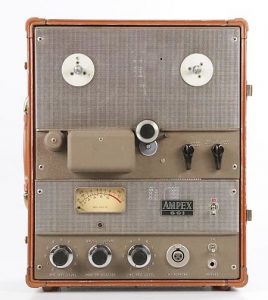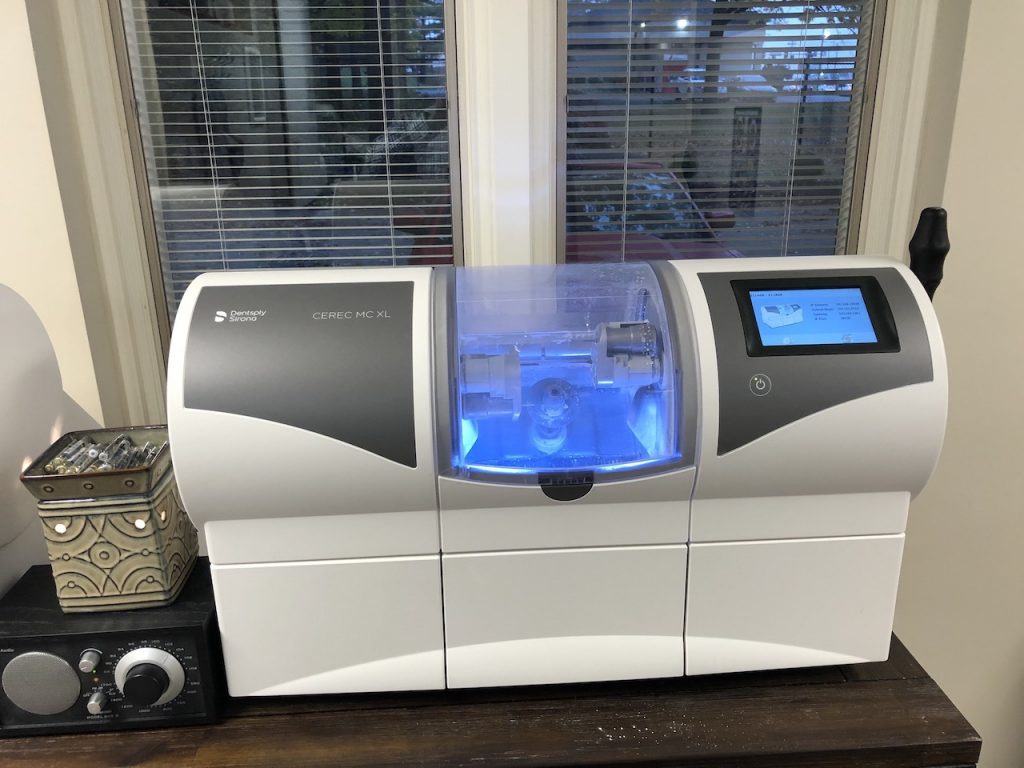Got a nice jolt of nostalgia from this flickr photo of a reel-to-reel tape. Particularly the reference to speed (7.5 ips = inches per second). The on-air studio at KBOA had a portable Ampex reel-to-reel tape recorder wired into the board and one of the requisite skills was “cueing up” a tape while reading the weather or news or whatever.
 “Originally, this format (reel-to-reel) had no name, since all forms of magnetic tape recorders used it. The name arose only with the need to distinguish it from the several kinds of tape cartridges or cassettes such as the endless loop cartridge developed for radio station commercials and spot announcements in 1954, the full size cassette, developed by RCA in 1958 for home use, as well as the compact cassette developed by Philips in 1962, originally for dictation.” – Wikipedia
“Originally, this format (reel-to-reel) had no name, since all forms of magnetic tape recorders used it. The name arose only with the need to distinguish it from the several kinds of tape cartridges or cassettes such as the endless loop cartridge developed for radio station commercials and spot announcements in 1954, the full size cassette, developed by RCA in 1958 for home use, as well as the compact cassette developed by Philips in 1962, originally for dictation.” – Wikipedia


